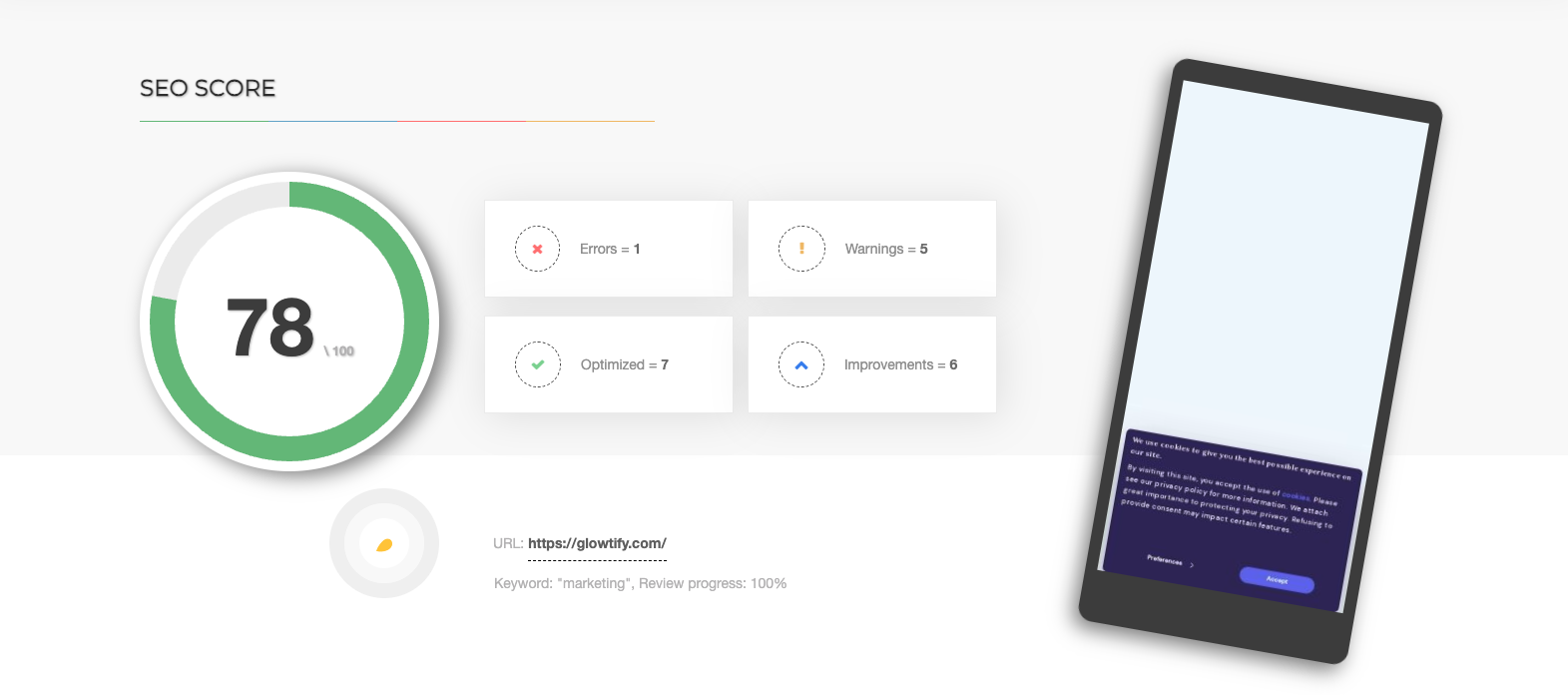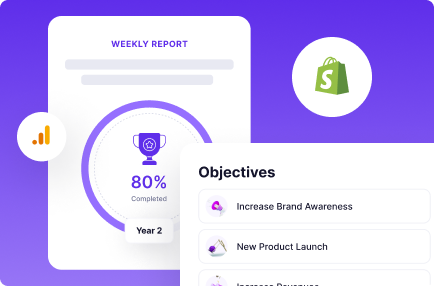Table of Contents
Whatever your website’s purpose is, you want your visitors to have a snappy experience. No one likes to wait, and if your site is loading too slowly, people will likely leave before they even see what you have to offer.
One common metric for measuring page speed is TTFB- time to first byte. This measures how long it takes for the initial HTML response to be received from the server. In other words, it’s a measure of how long it takes for your page to start loading.
There are several ways to reduce TTFB and improve page speed. We’ll go over some of the most effective methods below.
What Is TTFB?
TTFB is the time it takes for a browser to receive the first byte of data from a web server. The browser sends a request to the server, and the server responds with the requested data. TTFB measures the amount of time that elapses between when the browser sends the request and when it receives the first byte of data from the server.
A fast TTFB is generally indicative of a well-configured server. It means that the server can rapidly process requests and send responses.
Why Should You Care about TTFB?
TTFB is a good metric to pay attention to because it directly affects the user experience. Visitors will likely get frustrated and leave if it takes too long for your page to start loading. In fact, a study by Google found that 53% of mobile users will abandon a site that takes longer than three seconds to load.
Not only does a slow TTFB result in lost visitors, but it can also hurt your search engine rankings. In July 2018, Google stated that page speed is a ranking factor, so a slow TTFB could be causing your site to lose traffic from organic search.
What Is the Optimal Speed for Time to First Byte?
The ideal TTFB will depend on a number of factors, including the type of site you have and the average speed of your visitors’ internet connection. That said, as a general rule by Google Insight, you should aim for a TTFB of under 200 milliseconds. 200 ms is not poor considering technical search engine optimization (SEO) since this time is the blink of an eye, and many things happen during this time like DNS resolve, connecting, routing, etc. So, anything under 200 ms is excellent!
How to Measure TTFB?
There are some tools you can use to measure your site’s TTFB, including:
- Google PageSpeed Insights – Enter your URL into Google PageSpeed Insights, and the tool will analyze your page speed and provide recommendations for improvement.
- WebPageTest – WebPageTest is a free, open-source tool that will test your site’s performance from multiple locations around the globe. It gives details adequately with analytics like TTFB, load time, etc.
What Causes Slower TTFB?
Your mind might be in a panic if you check your TTFB, and it’s over 200 ms. But, before you start tearing your hair out, it’s essential to understand that several factors can impact TTFB.
A slow TTFB, on the other hand, can be caused by a number of factors, including:
- Poorly configured server
- High traffic levels
- Slow database queries
- Large, unoptimized files
- Network problems
- Dynamic pages/content
How Dynamic Content Slows TTFB?
Dynamic content is content that changes based on user input or interactions. It can include things like comments, forms, and personalization features. While dynamic content can be a great way to improve the user experience, it can also slow down TTFB.
The problem with dynamic content is that it requires the server to do more work in order to generate the response. The server has to process the user input, retrieve the relevant data from the database, and then generate the HTML code for the page. This all takes time, which can impact TTFB.
How to Reduce TTFB?
Luckily, there are ways to improve the time it takes for your website or app to load. You can do this by ensuring you have enough server space and configuring it correctly, otherwise known as optimizing dynamic content with database settings, query optimization, and object caching. Another way to improve TTFB is to make sure you’re not serving large, unoptimized files.
Reduce Latency With a CDN
A content delivery network (CDN) is a globally distributed network of servers that delivers web content to users based on their geographic location. CDNs can help to reduce latency by caching your content at locations around the world and delivering it to users from the server that is closest to them.
Using a CDN is one of the best ways to improve your website or app speed. Not only will it help to reduce network latency, but it can also enhance TTFB by offloading some of the work from your server.
Keep in mind that CDN doesn’t directly impact TTFB since the first connection is still between the user and your web server.
Faster DNS Resolve
The IP address enables your browser to find and load the website you’re trying to visit. DNS resolution is quick, but it can take a bit longer if the domain name is new or the DNS server is slow.
However, in most cases, the entire process should take less than a millisecond. So if you find that your browser is taking a long time to load a website, check your DNS settings or consider using a different DNS server.
If it is still taking too long, it’s likely due to something else – like a slow internet connection or a large page size. But in any case, the DNS resolution is always the first step in loading a web page.
Upgrade Your Web Hosting
If your TTFB is over 200ms, it could indicate that your web hosting provider is overworked or uses congested networks. If you’re concerned about your TTFB, talk to your web host service provider about an upgrade to your service or consider moving your site to a different provider.
By taking proactive measures, you can ensure that your website provides a fast and responsive user experience.
Improve the Backend Performance of Your Site
The backend performance of your site includes the server, database, and application code. These components must work together for your site to function properly.
If you’re experiencing slow TTFB, it’s likely due to a problem with one or more of these components. In order to improve the backend performance of your site, you need to identify the bottleneck and then take steps to resolve the issue.
If you don’t index and normalize your databases properly, they can slow down your initial server response time.
Additionally, if your application code is not well-optimized, it can also impact your site’s performance.
Make sure you test and benchmark your code to identify any areas that need improvement.
Server-Side Caching
When a user visits a website, the browser sends an HTTP request to the server where the WordPress site or any custom site is hosted. The server then processes the request and sends back the requested information.
Static items, such as images and HTML files, are stored on the server and do not need to be generated each time a user visits the site. This reduces the amount of work the server has to do and helps to keep page load times at a minimum.
In addition, you can reduce database queries and processor load by caching frequently-requested data. As a result, server-side caching is an effective way to improve website performance.
Setup External Monitoring to Let You Know if Your TTFB Is Slipping
This step is critical for keeping your finger on the pulse of your website’s performance. By setting up external monitoring, you can be alerted if your TTFB starts to increase.
There are a number of different tools that you can use for this purpose. But choose one that will fit your needs and budget.
We suggest using a service like Pingdom or New Relic to monitor your website’s performance. Both services offer free plans that should be sufficient for most small-to-medium-sized sites.
Final Thoughts on Waiting TTFB
There’s no doubt that reducing your TTFB times can be a challenge. However, by following the tips and advice outlined in this article, you can make significant progress in reducing your TTFB and delivering a better experience to your users.

Want more SEO traffic?
Discovering the secret to increasing your website’s traffic could be as simple as accessing this Free SEO analyzer tool!
Try it - it's free

